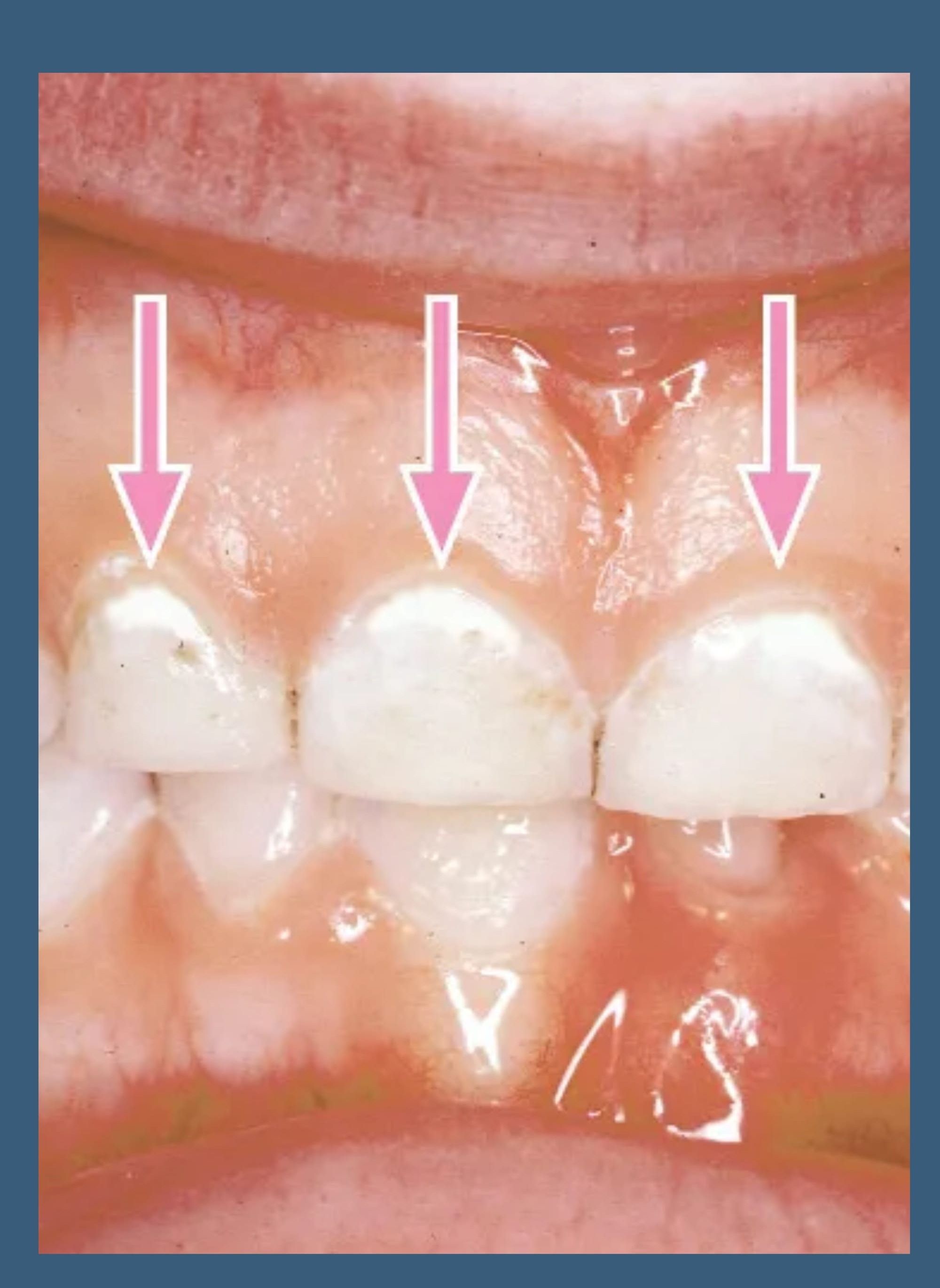
Have you ever noticed small white spots on your teeth and wondered what they are? These chalky patches can be more than just a cosmetic concern — they may be early signs of dental problems or developmental issues with your enamel.
In this post, we’ll explore the three most common causes of white spots: early tooth decay, dental fluorosis, and enamel hypoplasia — and what you can do to treat or manage each.
1. Early Tooth Decay (Demineralization)
What it is:
White spots can be the earliest visible sign of tooth decay, particularly around orthodontic brackets or in areas where plaque tends to accumulate. These areas have lost essential minerals like calcium, weakening the enamel and creating a porous surface. What causes it:
- Poor brushing technique or oral hygiene
- High-sugar or acidic diets
- Dry mouth or reduced saliva flow
What you can do:
- Remineralization: Use alkaline mouthrinses, and remineralizing products containing a micro and/or nano hydroxyapatite toothpaste or calcium phosphate.
- Professional treatments: Your dental hygienist may recommend topical remineralizing varnishes or MI Paste.
- Improve oral hygiene: Focus on brushing technique, floss daily, and reduce sugary snacks.
- Sealants or restorations: If the damage progresses, restorative care may be necessary.
2. Dental Fluorosis
What it is:
Fluorosis occurs when a child ingests too much fluoride while their teeth are still forming (typically under age 8). It can result in mild white specks to more severe brown stains and surface irregularities. What causes it:
- Swallowing fluoride toothpaste
- Overuse of fluoride supplements or drinking fluoridated water while also using fluoride drops
What you can do:
- Mild cases: Often require no treatment — many fade with time.
- Cosmetic options: Microabrasion, teeth whitening, or resin infiltration (e.g., Icon treatment) can minimize appearance.
- Prevention: Monitor children’s toothpaste use (pea-sized amount), avoid unnecessary fluoride supplements, and supervise brushing.
3. Enamel Hypoplasia
What it is:
Enamel hypoplasia is a developmental defect where the enamel is thin, weak, or incomplete. It can result in white, yellow, or brown patches and makes teeth more vulnerable to decay and sensitivity. What causes it:
- Nutritional deficiencies (especially vitamin D or calcium)
- Premature birth or low birth weight
- High fever or illness during infancy
- Genetic conditions
What you can do:
- Protect the enamel: Remineralizing treatments can help strengthen the surface.
- Dental bonding or veneers: To restore appearance and function in moderate to severe cases.
- Sealants: Protect vulnerable surfaces from further damage.
- Regular dental visits: Early monitoring helps prevent future decay or breakdown.
Final Thoughts
White spots on your teeth are not just a cosmetic issue — they’re often clues that something deeper is going on with your enamel health. The good news is that early detection and proper care can often stop the problem in its tracks or even reverse some of the damage. If you're noticing white spots on your or your child’s teeth, schedule a visit with your dental hygienist or dentist. A personalized plan — whether it's remineralization, cosmetic treatment, or just improved oral care — can make a big difference in protecting your smile.
Need help figuring out what’s behind those white spots?
At Holistic Dental Hygiene Clinic, we can assess the cause and create a treatment plan that supports both your oral and overall health.